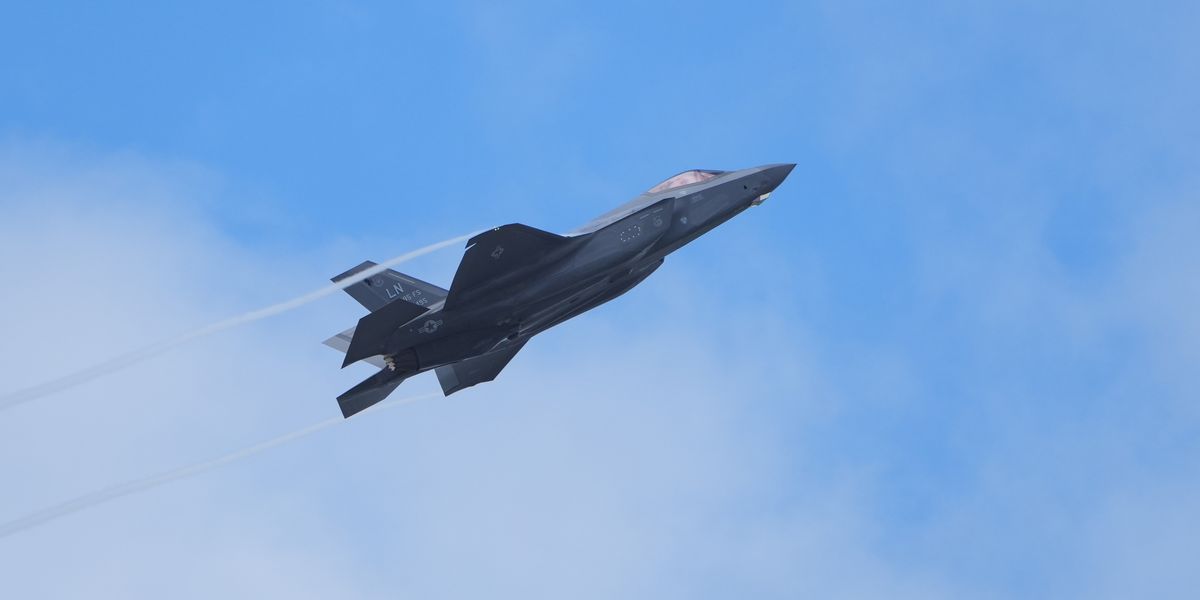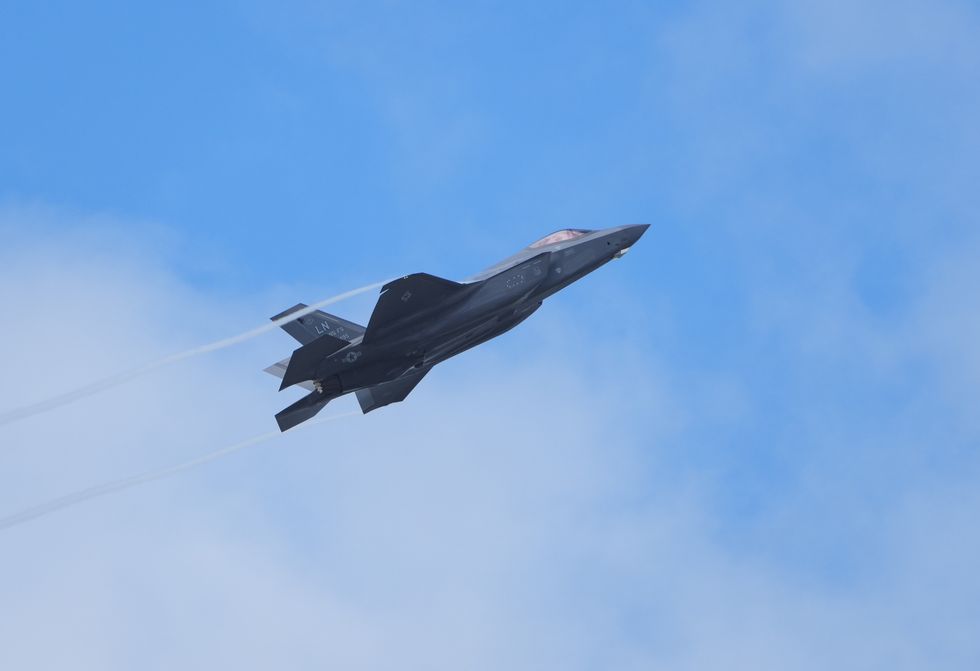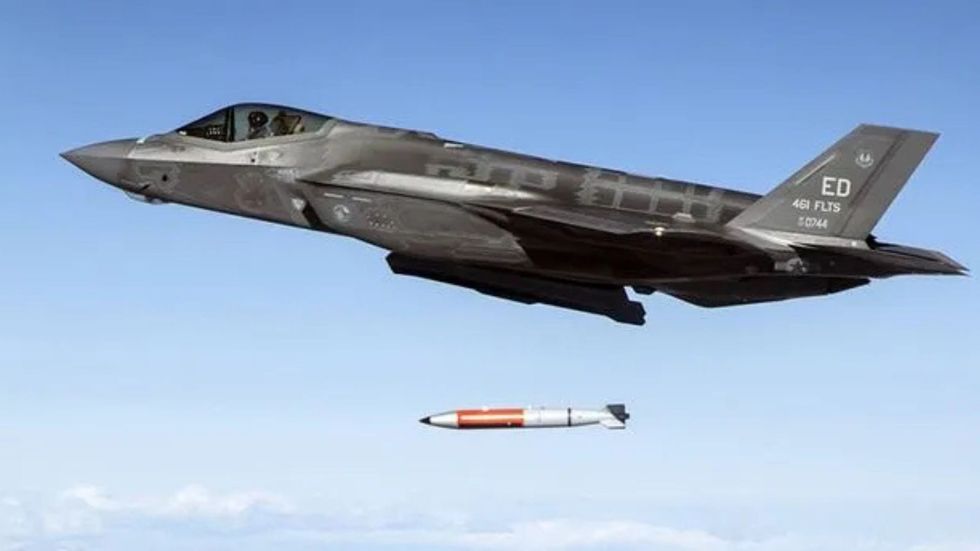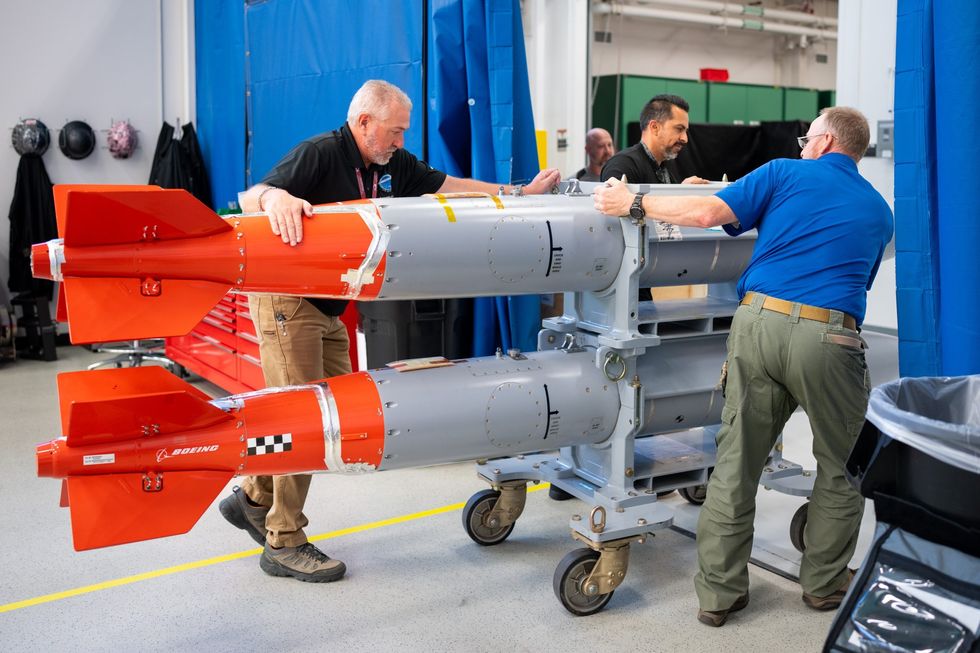



US nuclear weapons have "returned to British soil" for the first time since at least 2008.
Open-source intelligence reports have said that this week a number of B61-12 thermonuclear gravity bombs have been transferred to RAF Lakenheath in Suffolk.
It is believed the weapons were flown to a newly-constructed secure storage facility at the UK site from the US Air Force Nuclear Weapons Centre at Kirtland Air Force Base, New Mexico.
However, the US Department of Defense has not publicly confirmed the bombs' movement.
The British Ministry of Defence, meanwhile, does not normally comment on the presence or absence of nuclear weapons at specific locations.
The B61-12 is a modernised low-yield tactical nuclear bomb capable of variable explosive power and precision guidance.
The bomb is designed to be compatible with a range of delivery platforms, including the F-35A Lightning II, a stealth fighter jet designed for strike missions.
RAF Lakenheath is home to the 48th Fighter Wing, operating both the 493rd and 495th Fighter Squadrons, which were among the first in Europe to fly the F-35A.

PA
|The bomb is designed to be compatible with a range of delivery platforms, including the F-35A Lightning II
During the Cold War, RAF Lakenheath hosted US nuclear weapons, but they were last known to have been removed in 2008 following years of disarmament-related reductions across the continent.
The potential return of the weapons would represent a significant shift in the nuclear posture of Nato in the European landscape amid deteriorating relations with Russia.
It would also add weight to Nato's deterrence against Vladimir Putin's forces.
Re-establishing Lakenheath's nuclear storage capability was first hinted at in 2022 through US budget documents, which listed infrastructure upgrades consistent with nuclear mission readiness.

DOD
|PICTURED: An F-33A fighter jet drops a test B61-12 bomb

SANDIA NATIONAL LABORATORIES
|PICTURED: Staff at the US's Sandia National Laboratory move B61-12 test assembly units
This comes just months after Sir Keir Starmer was warned to put plans in place for a “terrifying strategic betrayal” of Donald Trump bringing the UK-US Trident nuclear missile partnership to an end.
Currently, the missiles, which are designed in the US by Lockheed Martin, are jointly maintained.
This costs far less than if the Royal Navy were to carry out the work on its own.
However, much of the UK’s nuclear stockpile is kept in America, with in-service Trident missiles being sent across the Atlantic for periodic refurbishing.
Britain had originally purchased 58 missiles as part of a stockpile at King’s Bay in Georgia, which is considered the “home base” of several US Ohio-class submarines which use the Trident weaponry.
The University of Bradford estimates that by 2008, there were 50 left after test firings.
The UK and the US are still working together on a new nuclear warhead, the W93, intended for use on American submarines by 2040.
